#9: Use Dialogue to Create Dynamic Interactions Between Characters
Dialogue is communication. connection. conversation. conflict. character.
Many of the most quoted Jane Austen quotes come from her characters’ dialogue. Personally, I find that the dialogue between her characters is always engaging and dynamic. She never uses it simply for one character to give information to another character (or to the reader): her dialogue always has a deep impact on the plot, on the characters, and on the subtext.
Consider this scene from her first published novel, Sense and Sensibility. The two sisters, Marianne and Elinor, are in London. Marianne is pining for a man named Mr. Willoughby. Many people assume that Marianne is engaged to Willoughby, but Elinor is unsure, and for chapters has not known how to ask her sister for the truth.
A note was just then brought in, and laid on the table.
“For me?” cried Marianne, stepping hastily forward.
“No, ma’am, for my mistress.”
But Marianne, not convinced, took it instantly up.
“It is indeed for Mrs. Jennings; how provoking!”
“You are expecting a letter then?” said Elinor, unable to be longer silent.
“Yes, a little—not much.”
After a short pause, “you have no confidence in me, Marianne.”
“Nay, Elinor, this reproach from you—you who have confidence in no one!”
“Me!” returned Elinor in some confusion; “indeed, Marianne, I have nothing to tell.”
“Nor I,” answered Marianne with energy, “our situations then are alike. We have neither of us any thing to tell; you, because you do not communicate, and I, because I conceal nothing.”
Elinor, distressed by this charge of reserve in herself, which she was not at liberty to do away, knew not how, under such circumstances, to press for greater openness in Marianne.
There are four core components that make this dialogue effective:
What the characters say
Sometimes two characters will have the same goal or objective for a conversation, but often, characters have different goals.
In this scene, Elinor’s primary goal is to discover the truth from Marianne so she can better help her sister. She takes the opportunity to question Marianne, inviting her to open herself up and confide in her. However, telling Marianne “you have no confidence in me” does not have the intended effect and puts Marianne on the offensive.
Marianne’s original goal is to conceal her anxieties about her relationship with Willoughby: she does not want her older sister’s judgment or advice. To this is added the goal of pointing out Elinor’s hypocrisy. She knows that Elinor, too, is keeping things from her, and while stating this does not lead to Elinor opening up to Marianne, it does achieve Marianne’s ultimate goal of ending the conversation quickly.
When characters have different goals for a conversation, it creates organic and compelling dialogue with forward movement and momentum. (This is true even if the characters have similar goals: character’s goals will never entirely overlap, and this will be reflected in what they say.)
How the characters say it
Most of how the characters are talking, such as their tone and their volume, is implied by the dialogue itself. For instance, the exclamation mark and the sentence structure indicate the way in which Marianne speaks the following line:
“It is indeed for Mrs. Jennings; how provoking!”
Skilled writers like Austen reveal most of how the characters speak by the speech itself, without relying heavily on description. Jane Austen does give several additional descriptions, such as cried Marianne, but if these sorts of qualifiers were used on every line, it would clutter and distract.
In this passage, Austen gives two more brief descriptions of how the characters are speaking: “returned Elinor in some confusion” and “answered Marianne with energy.” These descriptions occur in brief succession, and this contrasting pair paints a portrait of the two sisters, demonstrating even in this short moment how the sisters acts as foils to each other.
What the characters don’t say
In any conversation, there are a multitude of things left unsaid: motivations and emotions, backstory and baggage. Very few people are entirely open in conversation, even to those who are closest to them. (When characters are finally open with each other, it can create huge emotional resonance for readers.)
What the characters choose not to say has a huge impact on the dialogue. In this scene from Sense and Sensibility, the very subject of the conversation is what they refuse to tell each other. In addition to not talking about their secrets, they do not talk about how irritated they are with each other. This is fueled by their frustration with their situations, and a latent sense of hopelessness, especially for Marianne, but also for Elinor.
Often we see characters’ biggest desires and anxieties in what the characters choose not to say, or find themselves unable to say, and this can help create dynamic interactions.
What the characters do
Generally, actions are peppered throughout dialogue scenes, and are just as important as the words that people say.
In this scene, Marianne’s actions betray how much she is hoping for a letter from Willoughby. Her haste in stepping forward underlines her impatience and longing, and she cannot trust the word of the servant—she must pick the letter up herself to see that it is truly not for her.
Inaction can be as important as inaction. Note the power in Elinor’s pause before she makes her accusation:
“You are expecting a letter then?” said Elinor, unable to be longer silent.
“Yes, a little—not much.”
After a short pause, “you have no confidence in me, Marianne.”
This pause provides a space for Elinor to decide to push the subject, and it provides a space for the reader as we watch the characters struggle through this interaction. A different sort of pause comes at the end of the scene when Elinor does not know what to say and we glimpse her internal thoughts.
Dialogue should be used to create dynamic interactions between characters.
In dialogue, writers weave together the said, the unsaid, and action to create character interactions which should be dynamic, or in other words, should possess energy and life. This sort of dialogue is kinetic, in that it creates change and progress (though this be negative progress, moving the characters away from their goals).
Conflict and tension are created by dialogue when the character’s various wants and goals rub up against each other. Connection is created when the dialogue changes the characters’ relationship in a positive way. Ultimately, dialogue is communication, but it is also so much more: it moves the plot forward and provides characters with a way to manifest their personalities and move toward their goals.
Exercise 1: Take a book off your shelf and open it to a random page. Find the first sentence of dialogue on the page and use it as the first line of a conversation you write for brand new characters. Make sure to consider what the characters say, what the characters don’t say, and the actions of the characters.
(There is also a random dialogue generator online that can be used for this exercise.)
Exercise 2:
Write a short passage of dialogue (approximately 3-5 lines/paragraphs), featuring two characters, a girl who wants to buy a lollipop from a candy shop, and a guardian who is trying to save money and wants to get home and rest after a long day.
You will write this passage three different times:
For the first version of the dialogue, have both characters say exactly what they want.
For the second version of the dialogue, have one of the characters say exactly what they want, while the other character does not say what they want, but nevertheless tries to achieve what they want.
For the third version of the dialogue, neither character should say exactly what they want, yet both are trying to achieve their own goals.
In each version of the dialogue, consider how the character is speaking, and what actions they might take, as well as if any pauses would occur.
Exercise 3:
It’s easy to overwrite dialogue and include more than is necessary. Take a scene of dialogue that you have drafted and cut out at least 25% of the spoken sentences (you can cut out individual words too, but as you do so, make sure that you don’t lose your characters’ distinct voices).

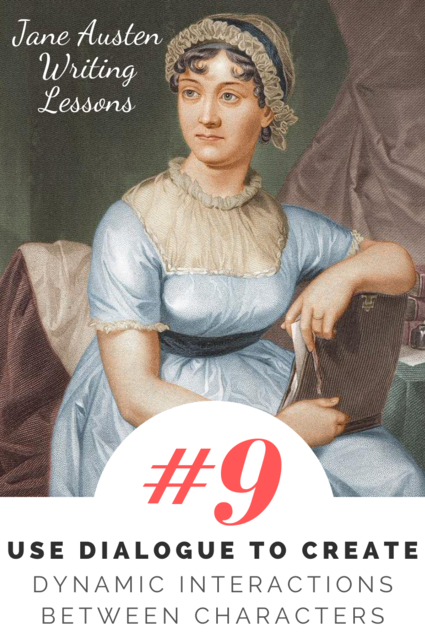
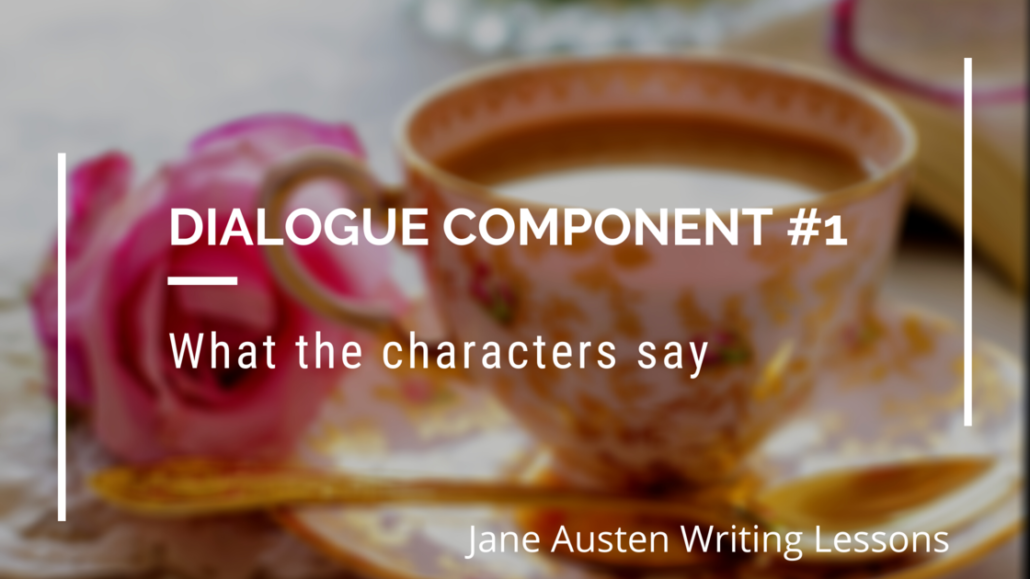
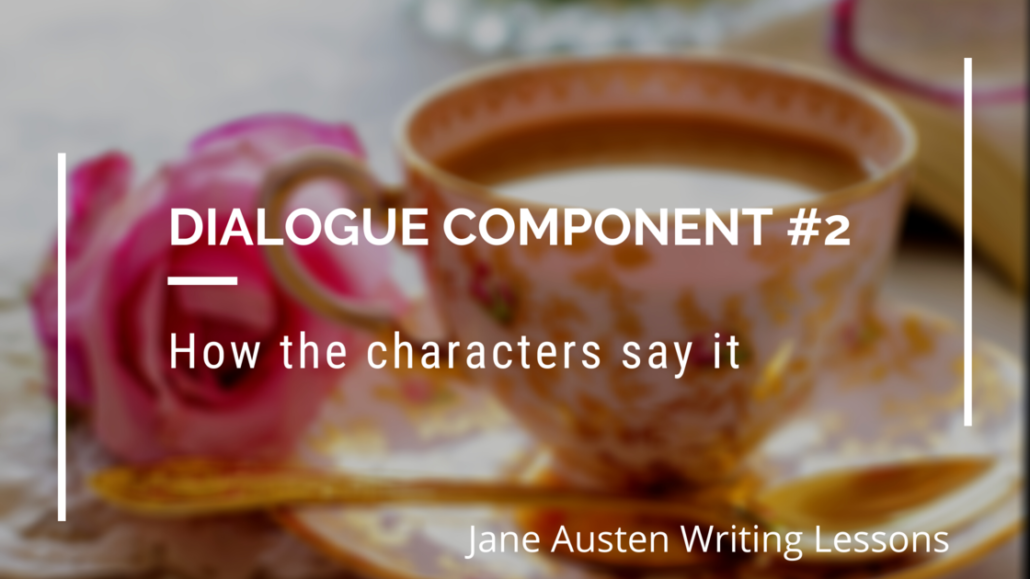
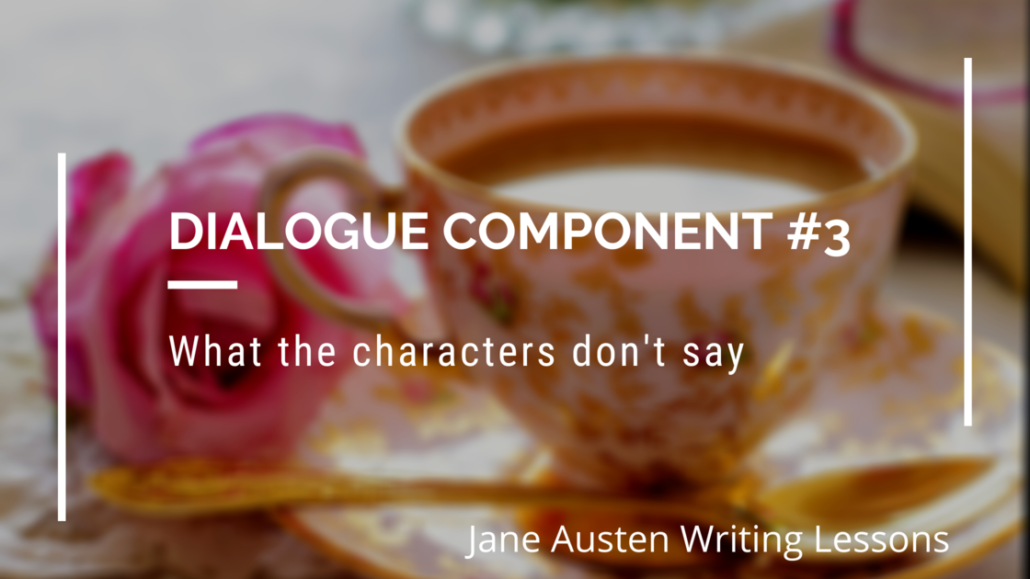
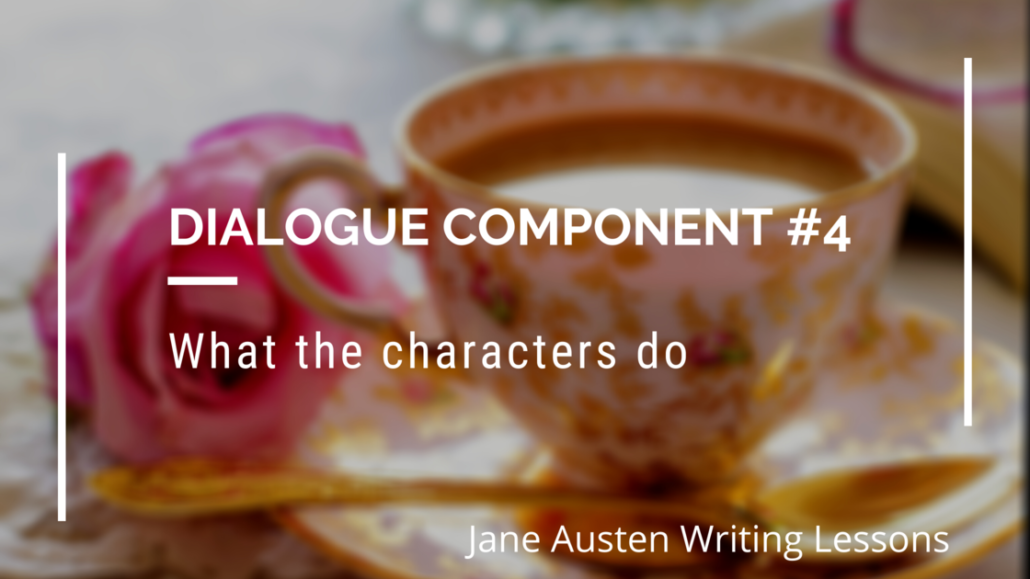

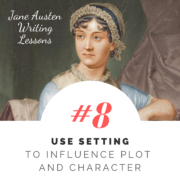
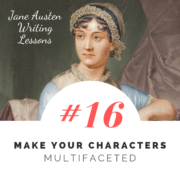
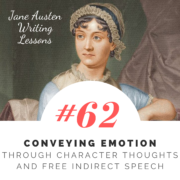
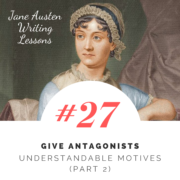
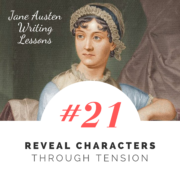


Please ask your IT stuff to check:
An error occurred while processing your request.
Reference #97.2f7f1cb8.1634828601.6d5f41c5
Hello,
Your beat sheets are valuable indeed.
I have been experimenting how to use DEEP POV as a kind of beat for bringing POV Character to reader closer.
Best,
Antal